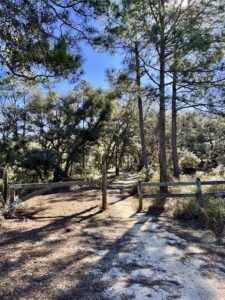Shining a beacon
Shining a beacon on key GI trials
After covering a lot of science of late it’s now time to review some recent clinical data, discuss some of the implications of the findings, and their potential impact.
After all, science doesn’t exist in a vacuum and how it translates into outcomes in people living with cancer is an important part of the process.
Can we help them live longer and feel better are two important questions to ask when looking at study readouts.
Let’s not forget there’s quite a difference when considering the exposure of light from a lighthouse beacon versus a typical torch.
The former is designed to produce an extremely powerful, far-reaching beam that can propagate over long distances. A torch has much more modest lighting capabilities suitable for short-range use. The exact brightness difference depends on the specific lighthouse and torch, but it can reasonably be assumed the lighthouse beam is orders of magnitude more intense.
In a similar fashion, we need to look at phase 1 and 3 trials through different lenses, just as we ought to do with the potential 14th agent to market versus the first…
To continue reading our latest highlights on oncology new product development including commentary and analysis BSB subscribers can log-in or you can click to access the content.
This content is restricted to subscribers




 A frequent challenge in oncology R&D is the fast paced nature of pipeline development such that there’s always something cool or new coming along nipping at the heels of those further ahead in clinical development coupled with the changing of the broader landscape before you even get to market.
A frequent challenge in oncology R&D is the fast paced nature of pipeline development such that there’s always something cool or new coming along nipping at the heels of those further ahead in clinical development coupled with the changing of the broader landscape before you even get to market.


 The first one on deck is an update of the OlympiA trial exploring the PARP inhibitor olaparib as adjuvant therapy after chemotherapy in early stage germline BRCA mutation-positive (gBRCAm) high-risk breast cancer.
The first one on deck is an update of the OlympiA trial exploring the PARP inhibitor olaparib as adjuvant therapy after chemotherapy in early stage germline BRCA mutation-positive (gBRCAm) high-risk breast cancer.